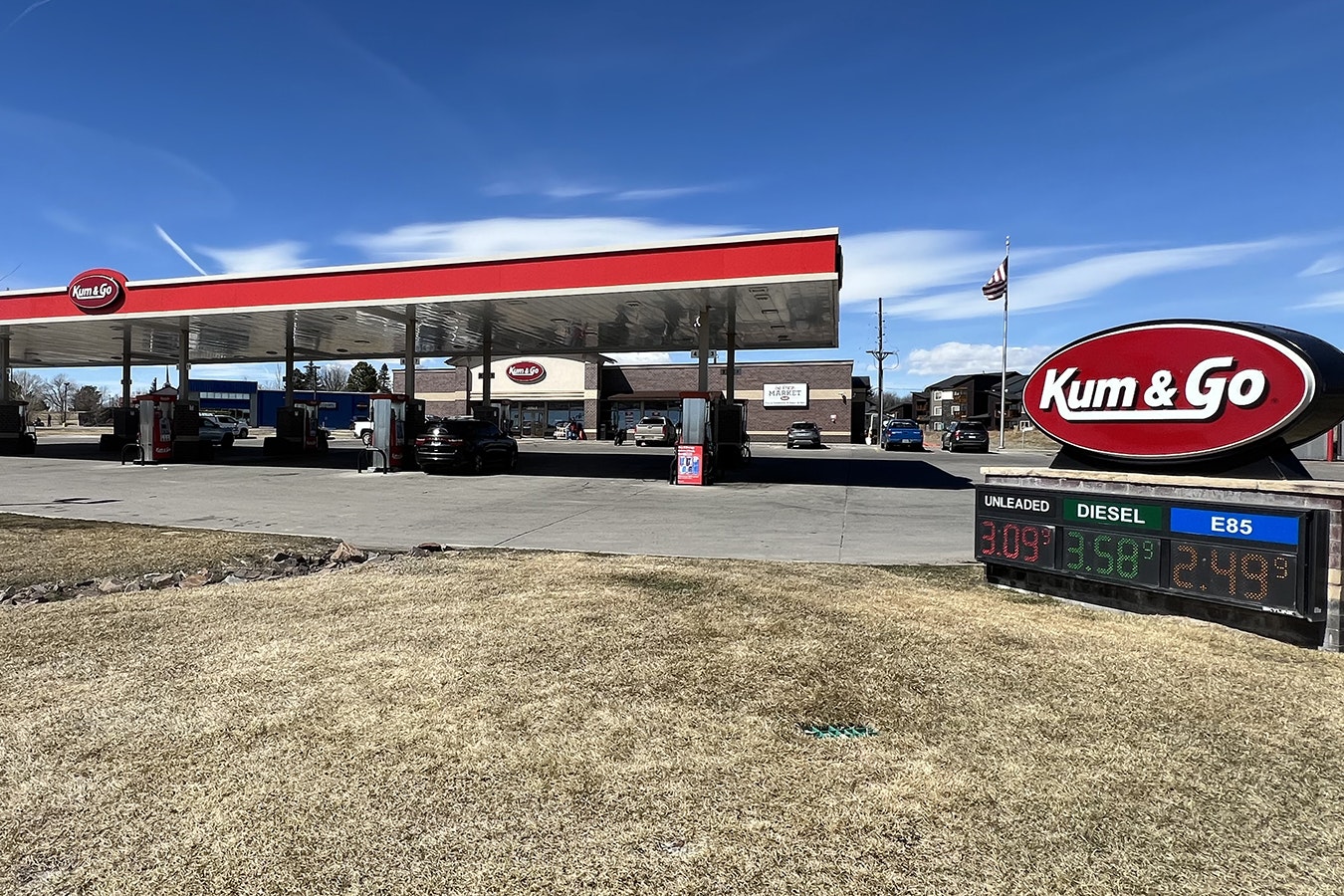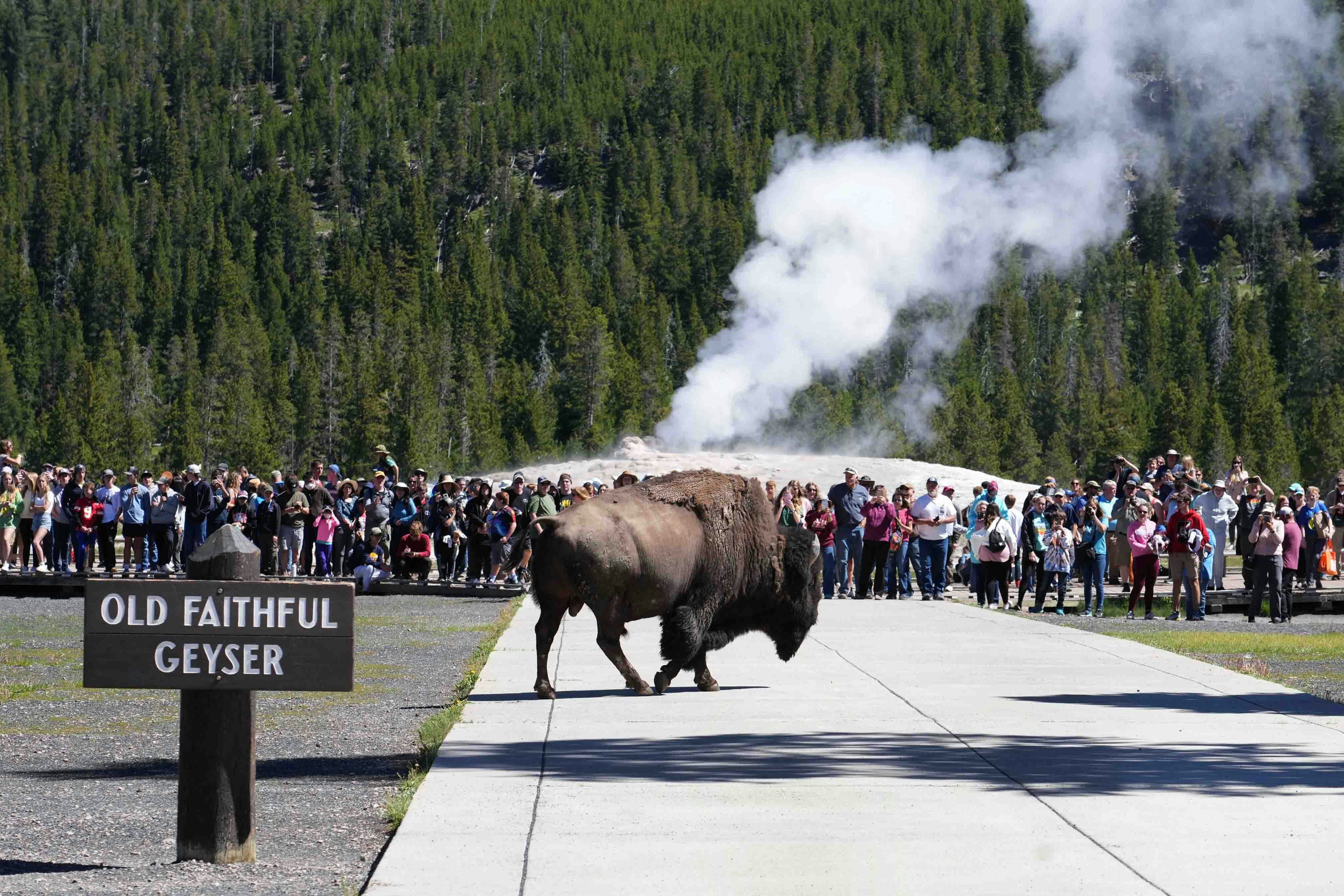By Renée Jean, Business and Tourism Reporter
renee@cowboystatedaily.com
The little town of Lusk in the eastern part of Wyoming is among communities that have made the short list for the latest expansion of fiber optic internet in the West.
To that end, Gillette-based Visionary Broadband has announced a $100 million commitment to expand high-speed internet in 20 communities across Wyoming, Colorado and Montana.
“(Lusk) has really wanted to move forward,” Broadband Visionary Vice President of Public Relations Stacie McDonald told Cowboy State Daily. “They’re constantly working on their economic development and the things that their citizens would love to have.”
Phase 1 of the Lusk project is nearing completion, McDonald said. But there will be additional phases in most communities, including Lusk, Dayton, Ranchester, Yoder, LaGrange and others to continue building out Visionary’s fiber optic network.
McDonald said the expansion project is already underway in Casper, Cheyenne, Gillette and Lusk, with go-live dates planned for early 2023.

Healthy Competition
The service in Cheyenne and Casper will be going head-to-head with another company that has also recently announced fiber optic internet expansions, Bluepeak.
McDonald said Visionary will be laying down lines in some areas that Bluepeak is not yet focusing on, which could give customers options for higher speed service sooner.
“There will be some overlap,” she said, “and then people will get to choose. Visionary has never shied away from competition. Every community is better served when there’s competition. It makes everyone work harder.
“If there’s one provider in a community, they don’t have to do any additional upgrades. They’re really the only game in town. So, while that would be nice for the provider, it doesn’t really offer any continued customer service enhancements or development or increased technology.”
McDonald said Visionary’s prices for the high-speed internet options it offers will be competitive with existing providers, but acknowledged Visionary’s prices likely won’t match Bluepeak’s.
“I think we’re going to be a little higher than Bluepeak in our gig by gig rate,” she said. “But what we think they miss out on is having local folks in your community. When you call our tech support or customer service, you’re calling people in our region that use the same internet you’re using, who know what the weather’s like and how far it is to take your phone to the Apple Store and things like that. We think that’s a real benefit that people like, to feel their provider is local.”
Expansion Already Begun
Some of the communities Visionary Broadband is expanding in were first jump-started as part of the Connect Wyoming Program through the Wyoming Business Council, McDonald said, but the $100 million is all new investment from Visionary Broadband that will build upon that beginning.
“We will have additional phases and continue to build out our network,” McDonald said.
Visionary Broadband started in Gillette nearly 30 years ago in the basement of a blue house as the result of three tech-savvy friends who basically just wanted internet for themselves. In accomplishing that, however, they were able to offer the service to others, including a local school district.
Suddenly, the three found themselves with a non-business plan business that was rapidly expanding, and has continued to grow since.
“We’ve always been expanding (since the business began),” McDonald said. “There’s been a lot of talk about fiber, but Visionary has been expanding since Day One through T1 lines, DSL, point-to-point wireless and now fiber. In the technology industry, you have to be constantly evolving with the technology and thinking about what’s important to customers and trying to do that in the rural West is just another layer.”

Struggles For Remote Areas
Remote areas have been less able to attract options for quality high-speed Internet due to unfavorable economics. There are fewer people per square mile, which makes expensive fiber for high-speed internet less economic.
The COVID-19 pandemic, however, underscored the importance of everyone having quality internet options regardless of where they live and sparked a number of federal programs to try to goose investment in rural areas where the only option has been satellite internet, such as Starlink.
Starlink has proven to be a fairly reliable service in many rural areas that lack high-speed fiber internet, but as subscriber numbers have climbed, the company also has faced some challenges in some regions of the United States in maintaining the speed and quality of its service.
That led to a recent cap on data consumption of 1 TB per month during peak hours for residential Starlink users, after which users must pay an additional fee for each GB of use if they want to keep priority access. Starlink also lowered its advertised speed. Starlink RV and Starlink Best Effort plans, meanwhile, are not eligible for the Priority Access tier.
The changes were published as part of Starlink’s Fair Use Policy in the United States and Canada.
“Starlink is a finite resource that will continue to grow as we launch additional satellites,” the fair use policy states. “To serve the greatest number of people with high-speed internet, we must manage the network to balance Starlink supply with user demand.”





